13 Microplastic Mysteries: How Tiny Particles Are Impacting Your Health
They’re invisible to the eye, but impossible to ignore. Microplastics—those tiny fragments less than 5 millimeters wide—have quietly infiltrated nearly every corner of our lives. From the seafood on your plate to the water in your glass and the very air you breathe, these synthetic particles are no longer just an environmental concern—they’re a human one. Born from plastic pollution, synthetic fabrics, and industrial byproducts, microplastics are now turning up in our bloodstreams, organs, and even placentas. As scientists race to decode the long-term effects, early findings suggest they may disrupt hormones, trigger inflammation, and quietly erode our health from the inside out. This article takes you on a deep dive into the hidden world of microplastics—how they enter our bodies, what they’re doing once inside, and what you can do to protect yourself. Because the smallest threats are often the ones we never saw coming.
1. The Ubiquity of Microplastics in the Environment
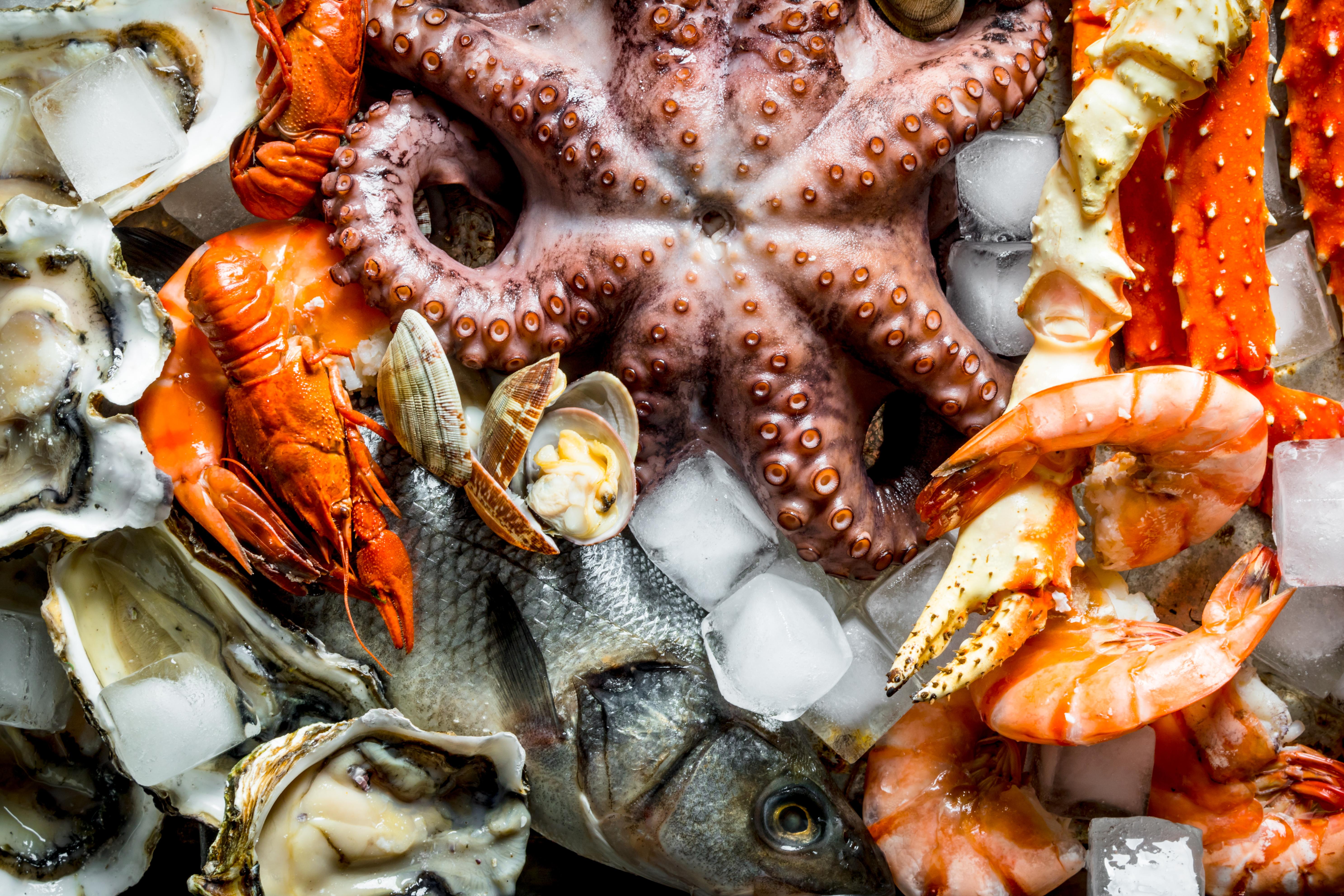
Microplastics have infiltrated virtually every corner of the planet, from the depths of the ocean to the peaks of the highest mountains. Their pervasive presence in ecosystems underscores their potential to enter the food chain, ultimately reaching humans. Studies have detected microplastics in a variety of food items, including seafood, salt, and even honey. These particles are not only ingested but also inhaled, as they become airborne through the degradation of plastics and the release of fibers into the atmosphere. This widespread distribution raises significant concerns about the chronic exposure of humans to microplastics and the long-term implications for health.
2. Microplastics and the Human Digestive System

Once ingested, microplastics embark on a journey through the human digestive system, where they can potentially cause harm. Research suggests that these particles may disrupt gut health by altering the composition of gut microbiota, which plays a crucial role in digestion and immune function. The presence of microplastics in the gut may lead to inflammation or even contribute to the development of gastrointestinal disorders. Furthermore, the chemical additives in plastics, such as phthalates and bisphenol A (BPA), can leach into the body, posing additional health risks. Understanding the interactions between microplastics and the digestive system is essential for assessing their overall impact on human health.
3. Respiratory Exposure to Microplastics
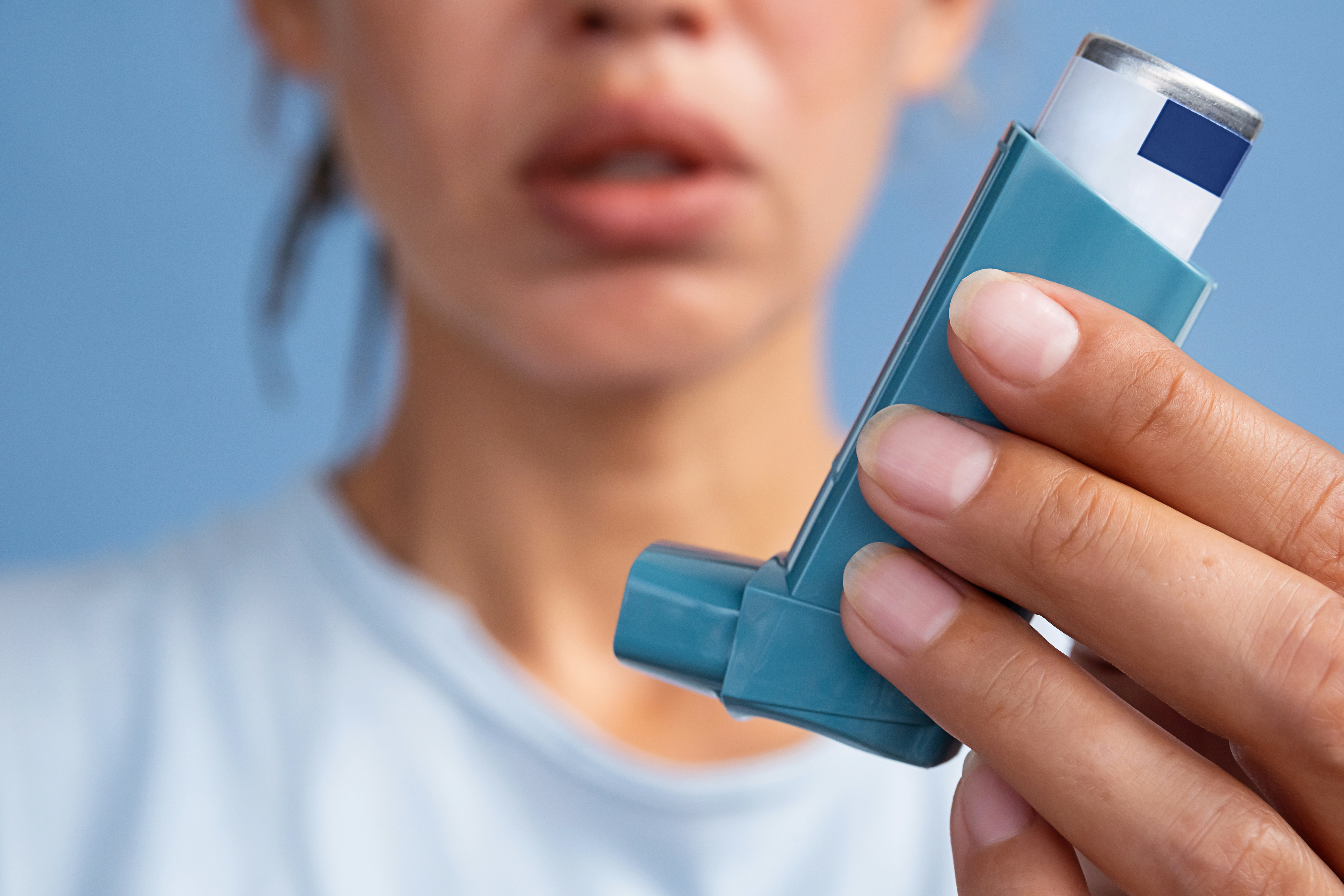
Beyond ingestion, inhalation is another significant route of exposure to microplastics. These particles can be suspended in the air, especially in urban environments where pollution levels are high. Inhaled microplastics can penetrate deep into the respiratory tract, potentially leading to respiratory issues such as asthma, chronic obstructive pulmonary disease (COPD), and other lung conditions. The physical presence of these particles, coupled with their chemical components, may exacerbate respiratory inflammation and compromise lung function. As research continues, the respiratory implications of microplastic exposure remain a critical area of investigation.
4. Microplastics and the Immune System

The immune system is our body's primary defense against foreign invaders, and microplastics represent a novel challenge. Studies have shown that microplastics can trigger immune responses, leading to inflammation and oxidative stress. The body's attempt to degrade these particles can result in the release of reactive oxygen species, which may cause cellular damage. Additionally, the immune response to microplastics could potentially lead to autoimmune reactions, where the body mistakenly attacks its own tissues. Understanding how microplastics interact with the immune system is crucial for evaluating their potential to contribute to chronic health conditions.
5. Endocrine Disruption and Microplastics

Microplastics are not just inert particles; they often carry chemical additives that can interfere with the endocrine system. These chemicals, known as endocrine disruptors, can mimic or block hormones, leading to a range of health issues. Exposure to endocrine disruptors has been linked to reproductive problems, developmental disorders, and certain cancers. The presence of microplastics in the body may exacerbate these effects, as they provide a vehicle for these chemicals to enter biological systems. The potential for microplastics to disrupt hormonal balance is a growing concern that warrants further investigation.
6. Microplastics and Neurotoxicity

Emerging research suggests that microplastics may pose neurotoxic risks, potentially affecting brain health and cognitive function. Some studies have indicated that microplastics can cross the blood-brain barrier, a protective shield that normally prevents harmful substances from entering the brain. Once inside, these particles may contribute to neuroinflammation and oxidative stress, which are associated with neurodegenerative diseases such as Alzheimer's and Parkinson's. The long-term effects of microplastic exposure on the nervous system remain largely unknown, highlighting the need for continued research in this area.
7. The Impact of Microplastics on Reproductive Health

Reproductive health is another area of concern when it comes to microplastic exposure. Animal studies have demonstrated that microplastics can adversely affect reproductive functions, including reduced fertility and developmental abnormalities in offspring. The potential for microplastics to disrupt hormonal pathways and accumulate in reproductive organs raises questions about their impact on human reproductive health. As microplastics continue to infiltrate our environment, understanding their effects on fertility and development is essential for safeguarding future generations.
8. Microplastics and Cardiovascular Health
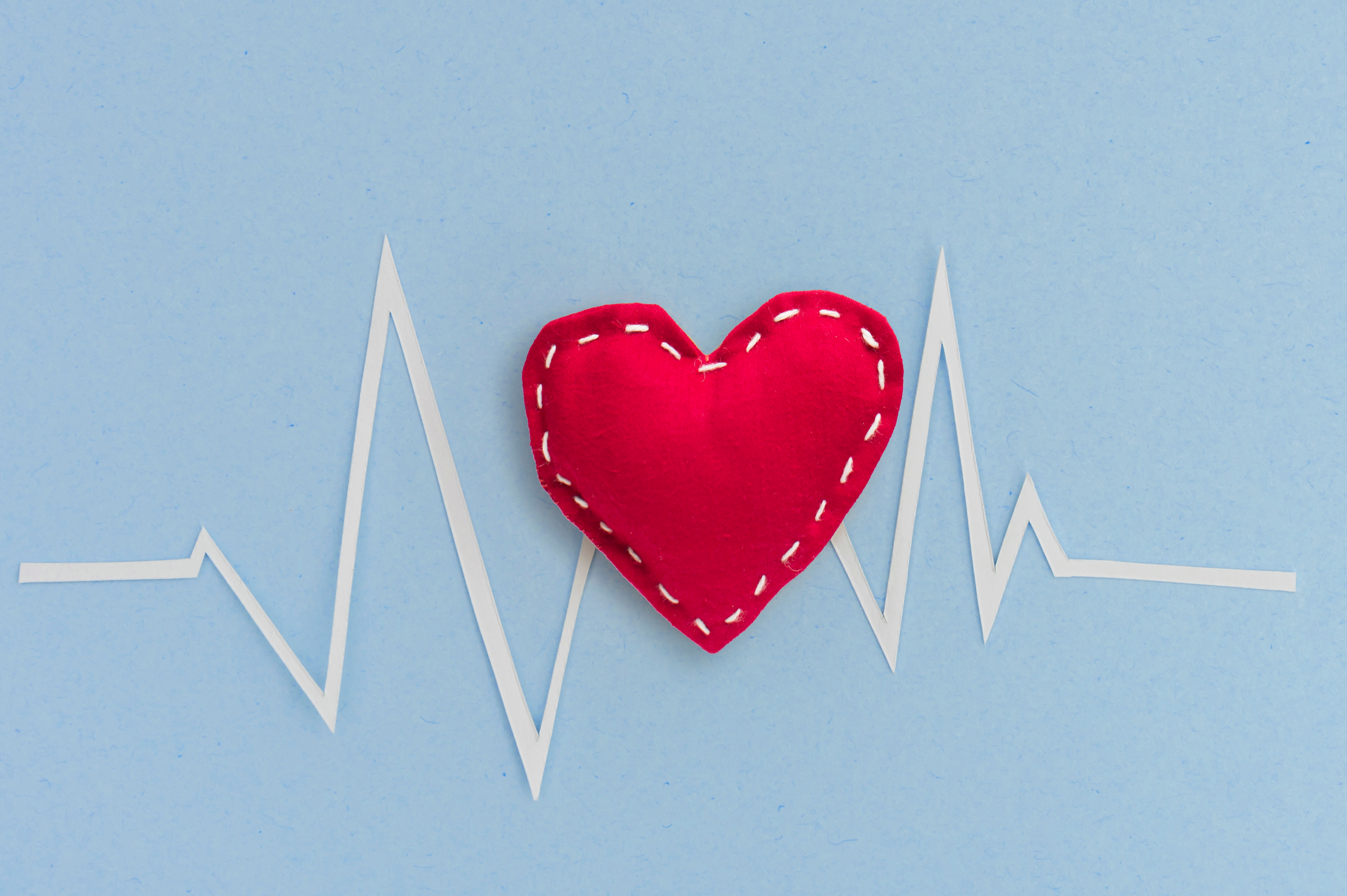
The cardiovascular system may also be vulnerable to the effects of microplastics. Research has suggested that the inflammation and oxidative stress induced by microplastic exposure could contribute to cardiovascular diseases, such as atherosclerosis and hypertension. Additionally, the chemical additives in plastics may interfere with lipid metabolism and blood pressure regulation. As cardiovascular diseases remain a leading cause of mortality worldwide, understanding the potential role of microplastics in exacerbating these conditions is of paramount importance.
9. Microplastics and Cancer Risk
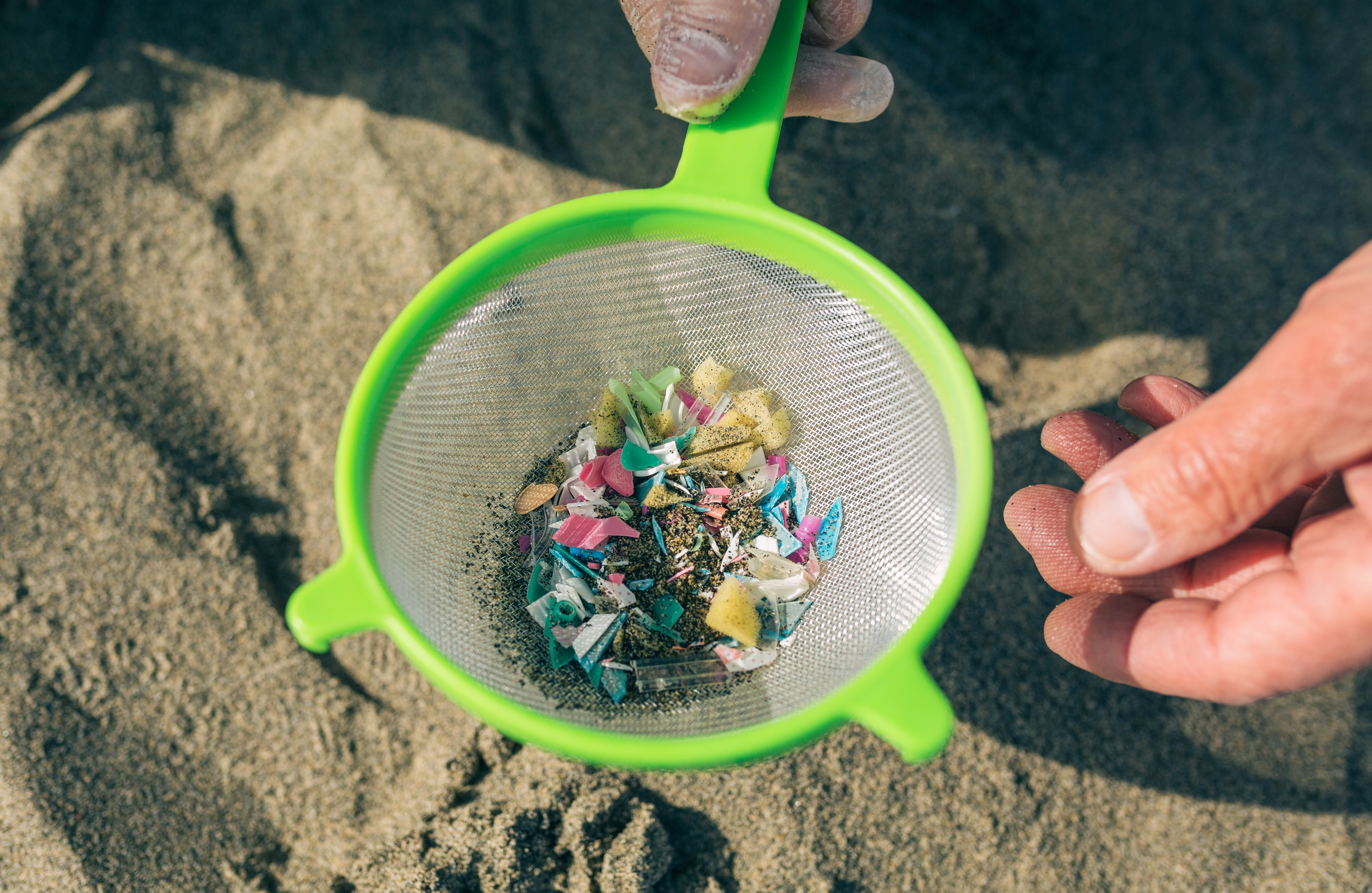
The potential link between microplastics and cancer is an area of active investigation. Some studies have raised concerns that the chemical additives in plastics, many of which are known carcinogens, could increase the risk of cancer when introduced into the body via microplastics. Additionally, the chronic inflammation and oxidative stress caused by microplastic exposure may create an environment conducive to cancer development. While definitive evidence is still lacking, the precautionary principle suggests that minimizing exposure to microplastics could be a prudent strategy for reducing cancer risk.
10. Bioaccumulation of Microplastics in the Food Chain

Microplastics have the potential to bioaccumulate in the food chain, leading to higher concentrations in organisms at the top, including humans. This phenomenon occurs when microplastics are ingested by smaller organisms, which are then consumed by larger predators. As these particles move up the food chain, their concentration can increase, leading to greater exposure for humans who consume seafood and other animal products. The bioaccumulation of microplastics raises concerns about the long-term health implications of consuming contaminated food, particularly for populations that rely heavily on seafood for their diet.
11. The Role of Policy and Regulation in Mitigating Microplastic Exposure
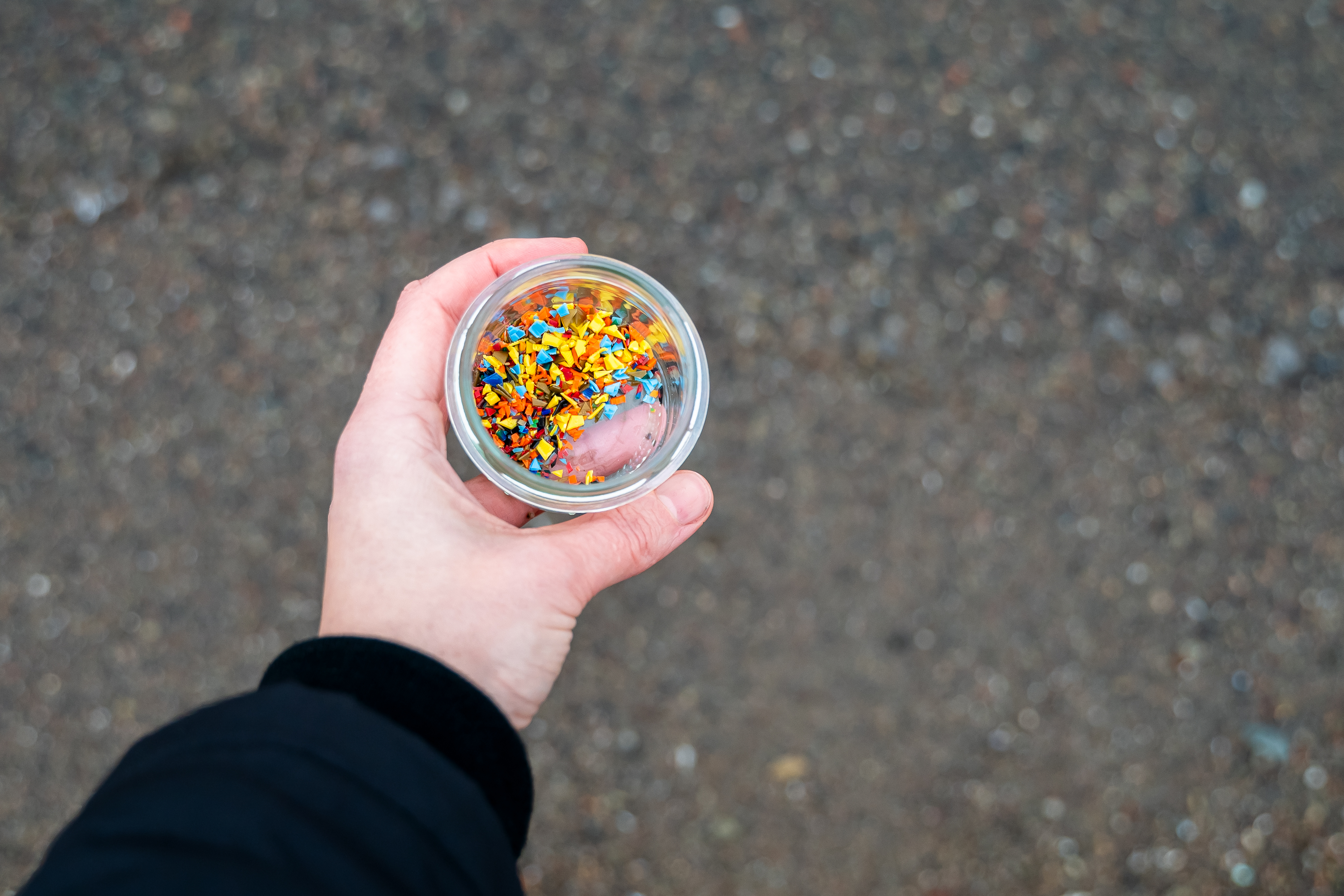
Addressing the challenges posed by microplastics requires concerted efforts at the policy and regulatory levels. Governments and international organizations are beginning to recognize the need for regulations that limit the production and release of microplastics into the environment. This includes measures to reduce plastic waste, promote recycling, and develop alternatives to single-use plastics. Additionally, research funding is essential for advancing our understanding of microplastic impacts and developing strategies to mitigate their effects. Effective policy and regulation are crucial for protecting public health and preserving the environment for future generations.
12. Innovative Solutions for Microplastic Reduction
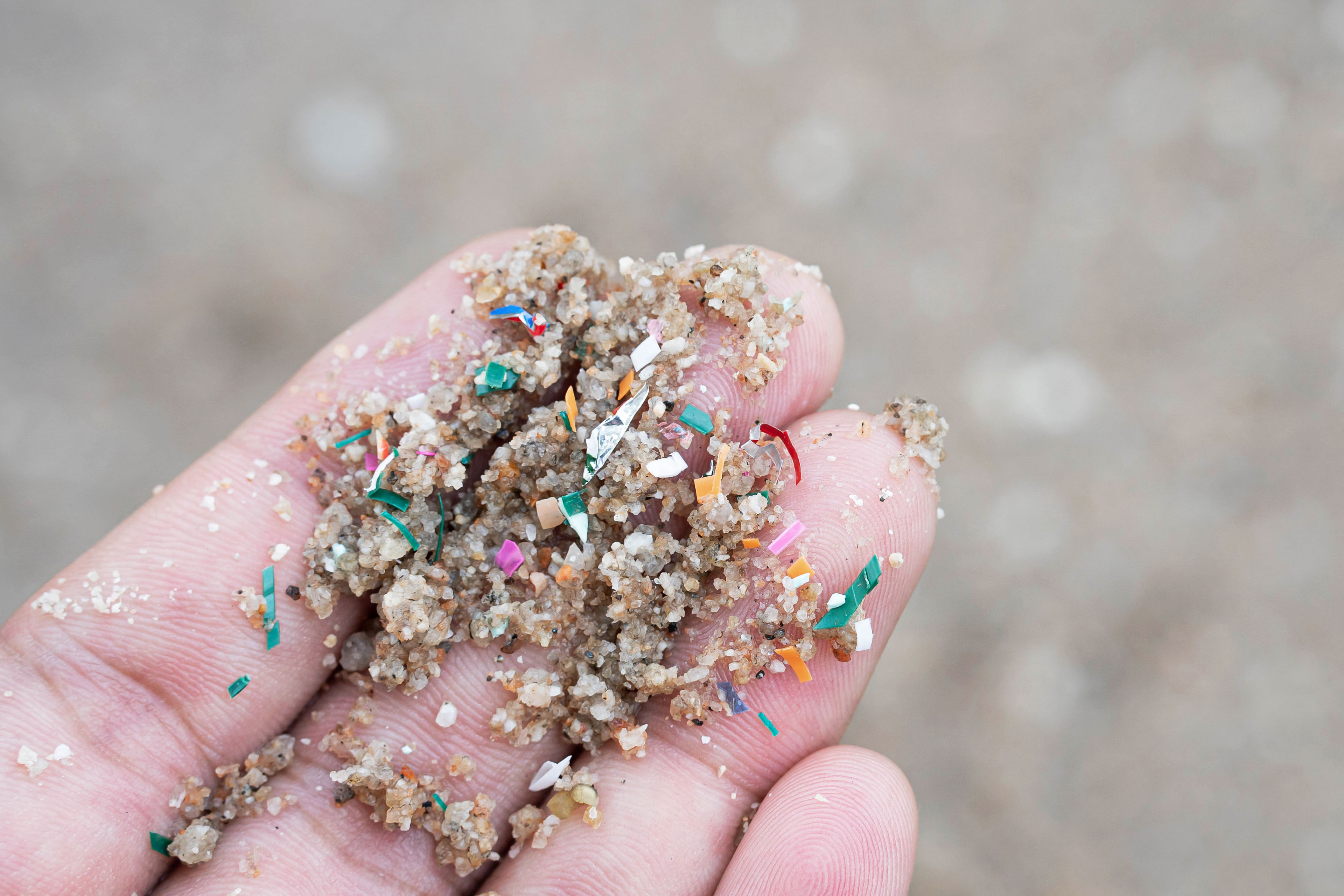
Innovative solutions are emerging to tackle the microplastic problem, offering hope for reducing their prevalence and impact. Researchers are exploring biodegradable materials as alternatives to conventional plastics, aiming to reduce the generation of microplastics from product degradation. Advances in filtration technology are also being developed to capture microplastics in wastewater and prevent their release into aquatic environments. Public awareness campaigns and consumer education are vital for encouraging sustainable practices and reducing plastic consumption. By embracing innovation and collaboration, society can make significant strides in addressing the challenges posed by microplastics.
13. Public Awareness and Behavioral Change

Public awareness and behavioral change are essential components of the effort to reduce microplastic exposure. Educating individuals about the sources and impacts of microplastics can empower them to make informed choices, such as reducing plastic use and supporting sustainable products. Community initiatives, such as beach clean-ups and plastic-free campaigns, can also play a role in raising awareness and promoting collective action. By fostering a culture of environmental responsibility, society can work towards reducing the prevalence of microplastics and mitigating their impact on health and the environment.
Navigating the Microplastic Landscape
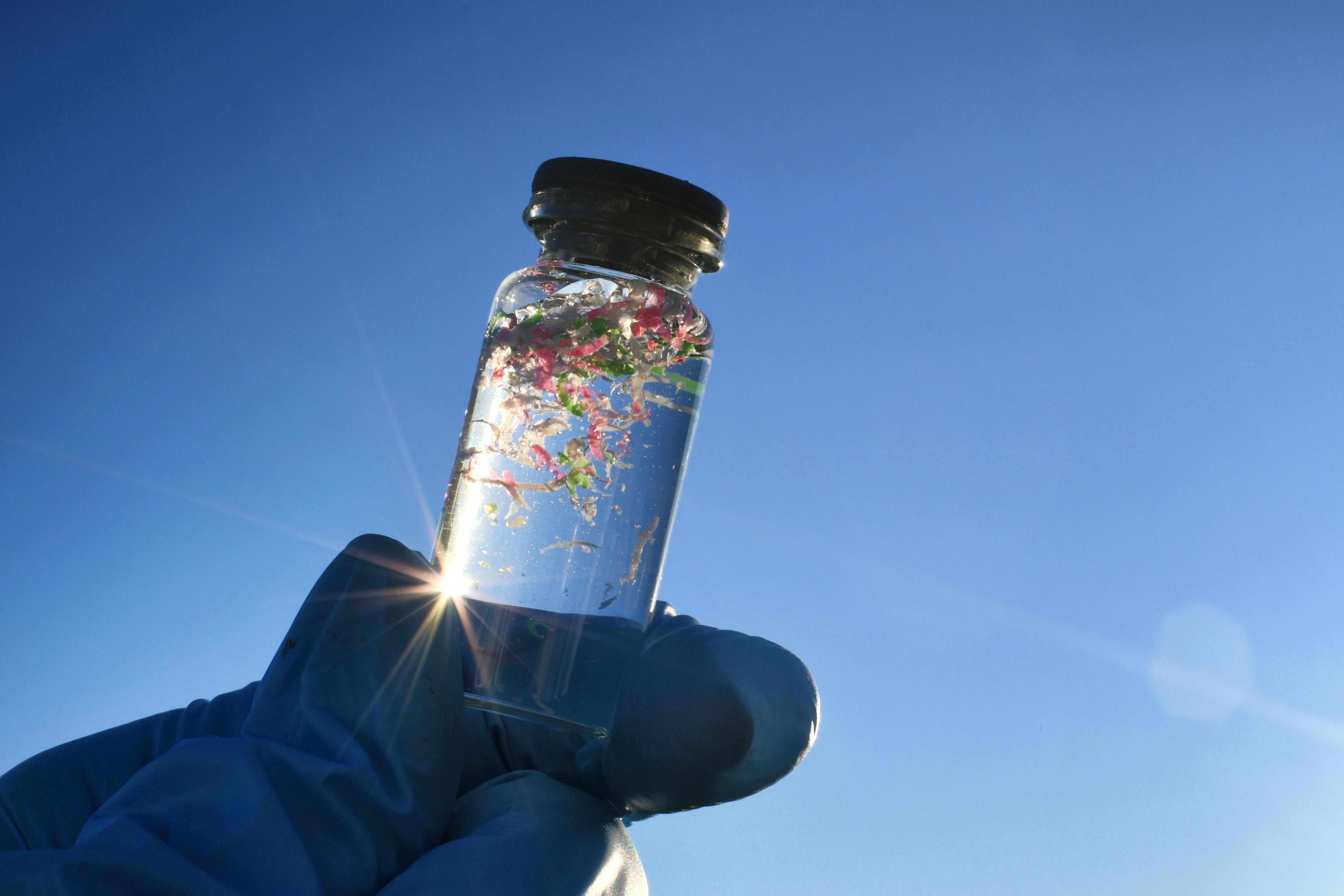
The age of invisible threats is here—and microplastics are leading the charge. As science peels back the layers of these tiny invaders, one thing is clear: their impact isn’t just theoretical, it’s personal. They're in our food, our water, even our bloodstream—and while we don’t yet know the full extent of the damage, the early warnings are loud enough. But awareness is power. By making informed choices, supporting cleaner industries, demanding smarter regulations, and staying curious, we can push back against the plastic tide. This isn’t just about removing toxins—it’s about reclaiming control over what enters our bodies and shapes our futures. The journey ahead won’t be easy, but it’s necessary. Because the battle against microplastics isn’t just environmental—it’s deeply human. And it starts with seeing the unseen, speaking up, and choosing a path that protects both our health and the generations yet to come.
